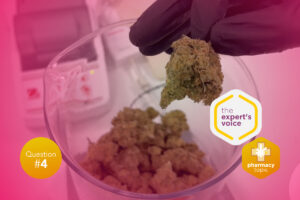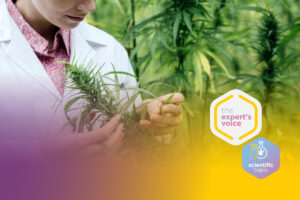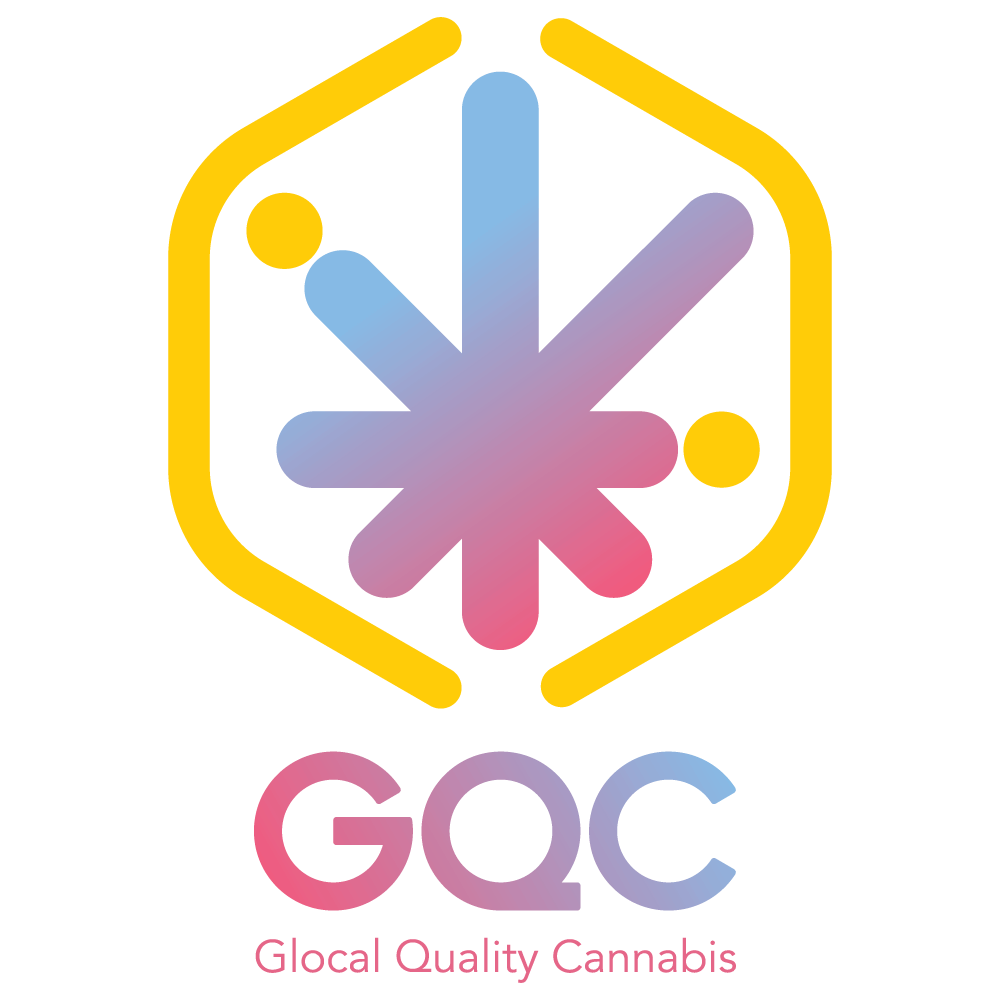The therapeutic effect of each preparation is conditioned by its absorption (intestinal or pulmonary) and by the specific metabolites produced within the human body. Important is the difference between oral and inhalation preparations. In fact, inhaled cannabinoids and terpenes arrive via the lungs directly into the blood stream, whereas the absorption of ingested compounds is significantly conditioned by the condition of the intestine and liver. These factors, which affect the absorption and metabolism of cannabis, may result in different effects on the body, even when using the same type of cannabis. The route of administration and doses to be used are decided by the doctor; taking into account the patient’s therapeutic needs and the pharmacokinetic properties will be consequential. Following oral intake of cannabis or synthetic THC (e.g. dronabinol), only 10-20% of THC enters the circulatory system due to extensive hepatic metabolism and limited solubility of THC in water (Grotenhermen, 2003; Huestis 2007). After oral administration, it takes between 30 and 90 minutes for the pharmacological effect to begin, the maximum effect being obtained within 2-4 hours after intake.
Plasma concentrations of THC depend on the dose taken. For example, after oral administration of 20 milligrams of THC, maximum plasma concentrations of between 4 to 11 nanograms per milliliter are reached between one and six hours after oral intake. CBD shows bioavailability and oral absorption similar with THC. After oral intake of 10 milligrams of CBD the peak concentrations are 2.5 ± 2.2 nanograms per milliliter.
Following inhalation of cannabis, the bioavailability of THC varies from 10 to 35%, the pharmacological effect starts after a few minutes and peaks approximately one hour after inhalation and sees a decline in 3-4 hours (Grotenhermen 2003). Maximum plasma concentrations of THC occur within ten minutes after the first inhalation. The number, duration and interval of aspirations influence the maximum plasma concentrations and the time to peak (Grotenhermen 2003, Huestis 2007). In the case of inhalation intake, as well as in oral intake, plasma THC concentrations vary depending on the inhaled dose. For example, following inhalation intake of 16 or 34 milligrams of THC, plasma concentrations reached within the first ten minutes vary respectively ranging from 50-130 and 70-270 ng THC per milliliter of plasma after administration and falling below 5 ng/ml two hours after the last inhalation (Huestis 2007).
Bibliography
[1, 4] Romano L. and Hazekamp A. 2013. Cannabis oil: chemical evaluation of an upcoming cannabisbased medicine. Cannabinoids, 2013, 1(1); 1-11.
[2] Perrotin-Brunel, H.; Buijs, W.; van Spronsen, J.; van Roosmalen, M.J.E.; Peters, C.J.; Verpoorte, R.; Witkamp, G. Decarboxylation of Δ9-tetrahydrocannabinol: Kinetics and molecular modeling. J Mol Struct, 2011, 987(1-3), 67-73.
[3] Wang, M.; Wang, Y.; Avula, B.; Radwan, M.M.; Wanas, A.S.; van Antwerp, J.; Parcher, J. F.; ElSohly, M.A.; Khan, I.A. Decarboxylation study of acidic cannabinoids: a novel approach using ultra-high performance supercritical fluid chromatography/photodiode array-mass spectrometry. Cannabis Cannabinoid Res, 2016, 1(1), 262-271.
[5] Citti C., Ciccarella G., Braghiroli D., Parenti C., Vandelli M. A., Cannazza G. 2016. Medicinal cannabis: Principal cannabinoids concentration and their stability evaluated by a high performance liquid chromatography coupled to diode array and quadrupole time of flight mass spectrometry method. J Pharm Biomed Anal. 2016 Sep 5;128:201-209.
[6] Pacifici R., Marchei E., Salvatore F., Guandalini L., Busardò F. P., Pichini S. 2017. Evaluation of cannabinoids concentration and stability in standardized preparations of cannabis tea and cannabis oil by ultrahigh performance liquid chromatography tandem mass spectrometry. Clin Chem Lab Med. 2017 Aug 28;55(10):1555-1563.
[7] Calvi L., Pentimalli D., Panseri S., Giupponi L., Gelmini F., Beretta G., Vitali D., Bruno M., Zilio E., Pavlovic R., Giorgi A. 2018. Comprehensive quality evaluation of medical Cannabis sativa L. inflorescence and macerated oils based on HS-SPME coupled to GC-MS and LC-HRMS (q-exactive orbitrap®) approach. Journal of Pharmaceutical and Biomedical Analysis Volume 150, 20 February 2018, Pages 208-219.
[8, 10] Carcieri C., Tomasello C., Simiele M., De Nicolò A., Avateneo V., Canzoneri L., Cusato J., Di Pierri G., D’Avolio A. 2017. Cannabinoids concentration variability in cannabis olive oil galenic preparations. J Pharm Pharmacol. 2018 Jan;70(1):143-149
[9, 11] Casiraghi A., Roda G., Casagni E., Cristina C., Musazzi U. M., Franzè S., Rocco P., Giuliani C., Fico G., Minghetti P., Gambaro V. 2018: Extraction method and analysis of cannabinoids in Cannabis olive oil preparations. Planta Medica, vol. 84 (4), pp. 242-249.
[12] Patient information of the Dutch Office of Medicinal Cannabis at http://www.cannabisbureau.nl/en/MedicinalCannabis/Patientinformation/).
[13,14] DECRETO 9 novembre 2015 Funzioni di Organismo statale per la cannabis previsto dagli articoli 23 e 28 della convenzione unica sugli stupefacenti del 1961, come modificata nel 1972. (15A08888) (GU n.279 del 30-11-2015).
[15,16,17] An introduction to Medicinal Cannabis Dr. Arno Hazekamp.
[17,18] Ministero della Salute DGDSFC/ I.6.b /2016/19 Documento recante raccomandazioni ai medici prescrittori di Cannabis FM-2 prodotta dallo Stabilimento Chimico Farmaceutico Militare di Firenze secondo le normative dell’UE in materia di sostanze attive, certificata GMP secondo le Good manufacturing practices dell’UE.





